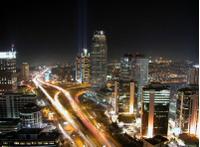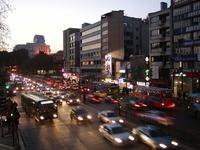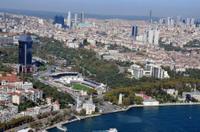About
BESİKTAS: HEART OF ISTANBUL
Besiktas is a suburb of Istanbul situated on the European side of the city within the boundaries of the Grater Istanbul Municipality. It ıs surrounded by Bosphorus on the east, the suburb of Sariyer on the north, Sisli on the west and Beyoglu on the south. Directly across the Bosphorus is the municipality of Uskudar. It covers area of 1520 hectares with an 8375 cost line along the Bosphorus Although it is a small district in terms of its surface area (11 km²), Besiktas is located at the junction of arterial roads of Istanbul and therefore features the most outstanding district of the city with its central location. Since both of the bridges (Bosphorus and Fatih Sultan Mehmet) connecting two sides of the city are within the boundaries of Beşiktaş, it stands out as a major transportation nexus. Likewise, the ferry transportation in the area, makes Beşiktaş one of the vital points of the city traffic as Beşiktaş Ferry Terminal constitutes an essential part of transportation in Istanbul.
According to the census data of 2013, the population of Besiktas is about 190.000 and it contains some of the best-known neighborhoods of Istanbul: Bebek, Etiler, Levent, Arnavutkoy, Ortakoy, Ulus, Nisantasi, etc. It is one of the oldest districts and neighborhoods of Istanbul, It’s also considered as one of the major city center, both residential and commercial especially for small businesses. There are also several business centers, plazas and Shopping malls. It is he heart of Istanbul, is composed of three neighboorhoods located around three Ottoman Palaces: Dolmabahçe, Yıldız and Çırağan. It is one of the oldest and historical districts of Istanbul with its history going back to its founding by I. Constantinus between 305 and 337. It was a well-known hadj center of Christians, Armenians, Georgians and Rums during the Ottoman Empire. Beşiktaş became a settlement and has risen in importance particularly in 19. Century as Ottoman royal families have preferred this area to settle in and built their imperial palaces (Dolmabahçe, Çırağan and Yıldız) in this part of the city. In 1930, Besiktas was separated from Beyoglu and became an independent district.
Beşiktaş neighborhoods, most of which are the most famous ones in Turkey, such as Çarşı, Levent, Etiler, Bebek, Arnavutköy and Ortaköy wih their bosphorus-view cafes, restaurants, parks, and their history. Beşiktaş is also the most leading financial center of Istanbul, even that of Turkey. In Levent, there are the headquarters of major companies, financial institutions, commercial enterprises and skyscrapers. Çarşı is the downtown and the most historical part of the district. It gives its name to the famous fan group of the football team of Beşiktaş. The population of Beşiktaş is about 190,000 according to census data of the year 2013. On the other hand, it reaches almost two million people during the day. Besiktas is the major castle of social democracy and love of freedom in Turkey with its secular and libertarian of population. At the same time, one of the most sophisticated urban settlements in Turkey, even in the world, in terms of the education level and cultural awareness among its residents. In Beşiktaş, university graduates comprise 34% of the population which is the highest rate of Turkey according to a joint survey made by REIDIN-SED in 2013.
In addition, Besiktas is the most important education center in Istanbul. There are several highly respected universities, high and primary schools. One of them is Bosphorus University, which is the Turkish university among first 200 universities worldwide according to the Times Higher Education World University Rankings of 2013-2014.
Another feature of Beşiktaş is being the most prominent cultural and artistic center of Istanbul. It hosted several artists and authors like Faust Zonaro, a well-known Italian painter, the Poet Nedim, Behçet Necatigil and Cahit Sıtkı Tarancı who lived and produced their works in this district. Beşiktaş also hosts various art festivals such as Beşiktaş Music Fest, Beşiktaş International Festival of Photography, Beşiktaş International Art Festival, April 23 Kid’s Festival, Bebek Festival, Arnavutköy Festival and Barbaros Torchlight Procession. Several museums, art galleries and palaces are also located within the boundaries of this district. It is the most major cultural center of Istanbul with its’ rich cultural heritage, historical monuments and museums: Dolmabahce Palace, Yildiz Palace, Ciragan Palace, Feriye Palaces, Ihlamur Pavilion, Naval museum, Barbarossa's mausoleum, and so on.
In addition, the neighborhood gives its name to Turkey's oldest sports club, BJK (Beşiktaş Gymnastics Club), founded in 1903. The club's football team is one of the top three in Turkey and has won 13 Turkish Super League titles and participated five times in the UEFA Champions League. The club's 33,000-seat BJK İnönü Stadium was on the Bosphorus seafront at the southwest of the center of Beşiktaş. The new stadium (Vodafone Arena) is currently under construction at the same site and is scheduled to be completed by August of 2015. The football team wears black and white shirts and is nicknamed as the “Black Eagles”.



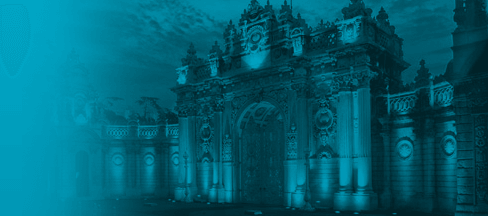












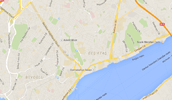

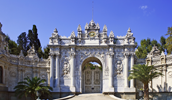
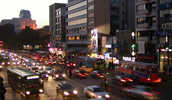
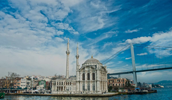

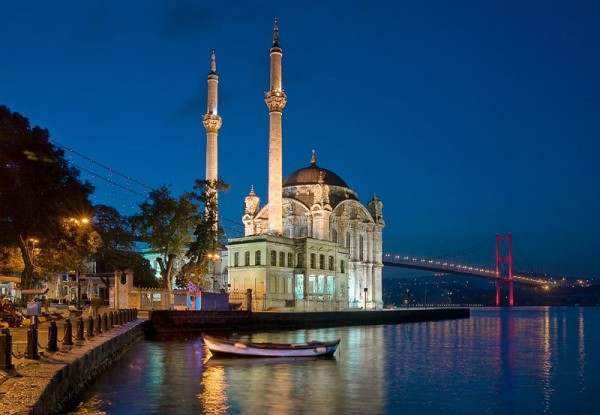
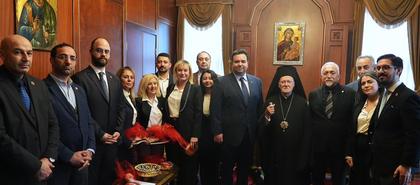
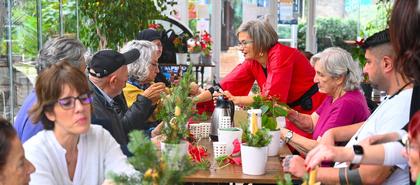
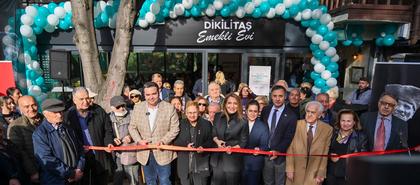
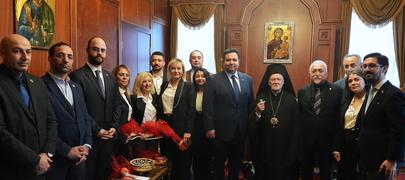
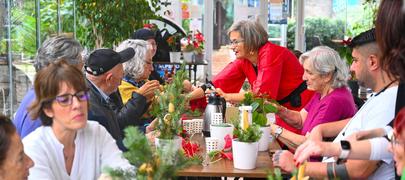
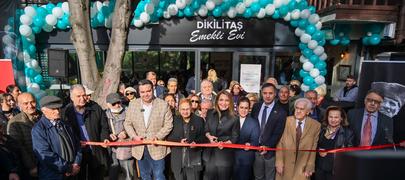



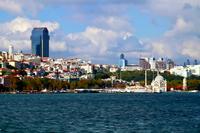


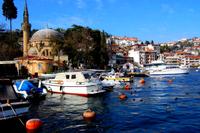

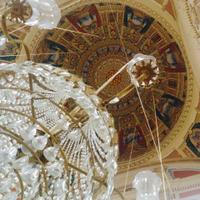

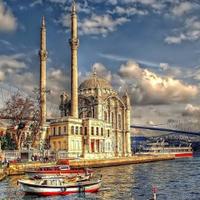
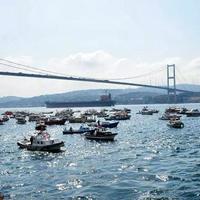
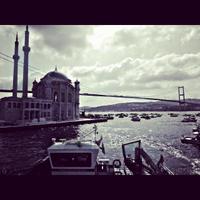
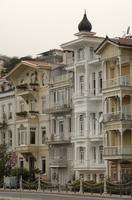

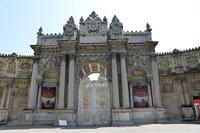
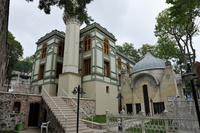
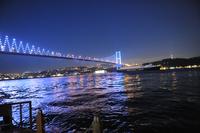
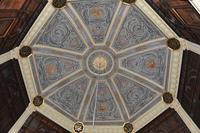
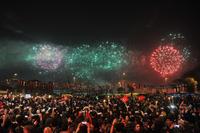
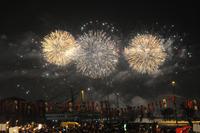
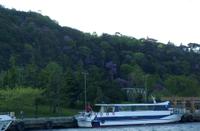
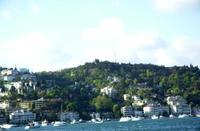
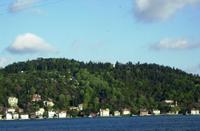
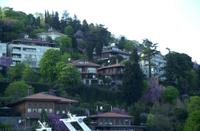
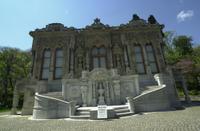
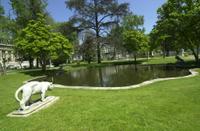


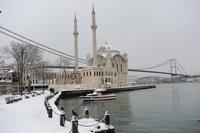
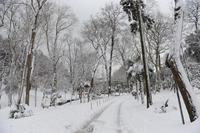
_200x200.JPG)
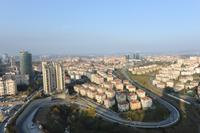
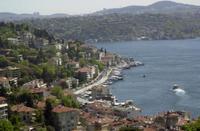


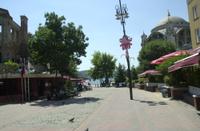
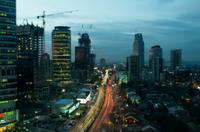
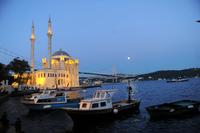
_200x200.JPG)
_200x200.JPG)
_200x200.JPG)
_200x200.JPG)
_200x200.JPG)
_200x200.JPG)
_200x200.JPG)
_200x200.JPG)
_200x200.JPG)
_200x200.JPG)

